
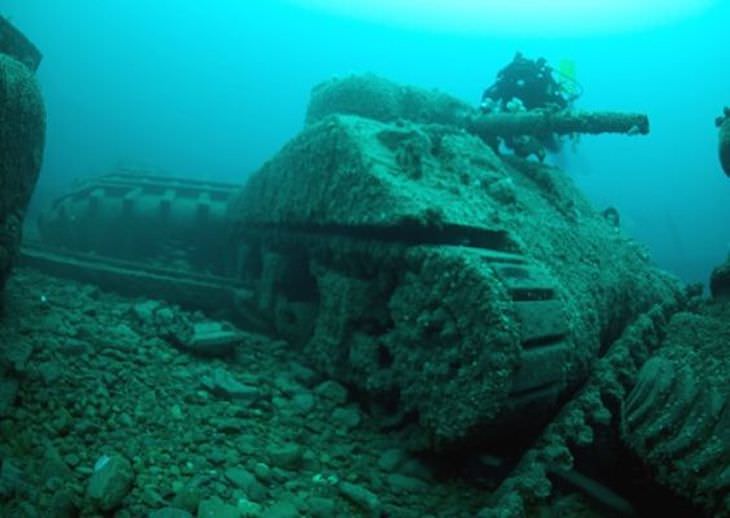
Image Source: Hub Pages
In 2008, scuba divers in the English Channel stumbled across two massive army tanks on the ocean floor. An investigation revealed it was quite a significant find - the two vehicles dated back to the Second World War. Found eight miles off the West Sussex Coast, the tanks were relatively well-preserved with the guns still intact.
After checking for minute details of the tanks against historical records, investigators managed to identify them as rare British Centaur CS IV tanks. The historic weapons were meant to be used in battle during the D Day landings but never arrived. Historians discovered the tanks fell overboard when a landing craft capsized on its way to the beaches of Normandy on June 6, 1944.
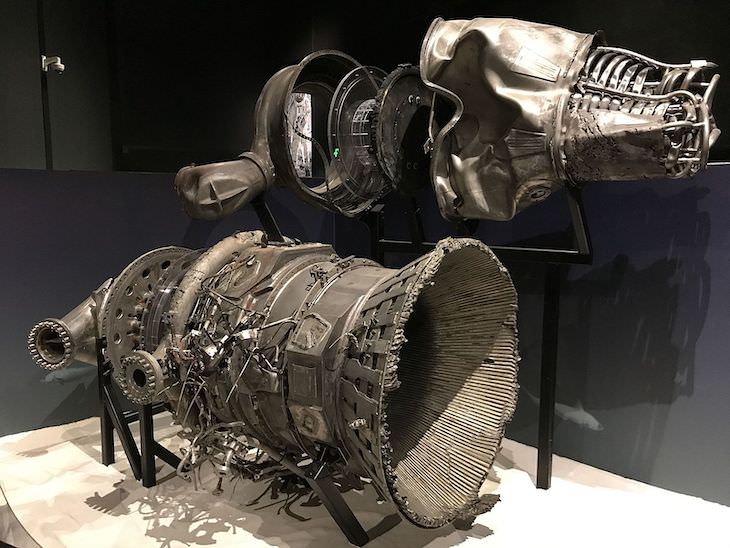
Recovered F-1 engine parts. Gas Generator and Heat Exchanger (top) from the engine on Apollo 16 mission and Thrust Chamber (bottom) from #3 engine on Apollo 12.
Image Source: Wikimedia Commons
During the late 1960s and early 70s, multiple Apollo rockets were sent to orbit the Earth and the Moon. At an altitude of about 38 miles, the first stage of the spacecraft, including the engines, separated. These parts were considered destroyed or lost forever.
However, in 2012, a team of researchers discovered a set of giant rocket engines 14.000 feet off the Florida coast. The expedition was privately funded by Amazon CEO Jeff Bezos. The components have since undergone a two-year renovation process, and are now displayed at Seattle’s Museum of Flight. "The technology used for the recovery is in its own way as otherworldly as the Apollo technology itself," according to Bezos.
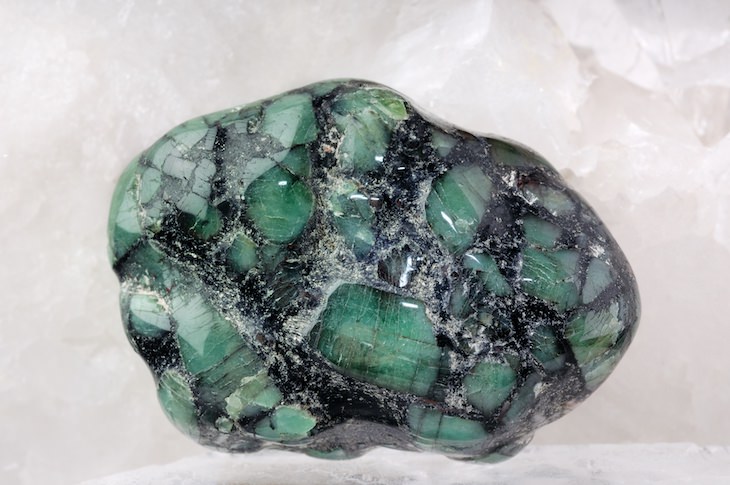
Amateur treasure hunter Jay Miscovich discovered more than 10,000 emeralds off the coast of Key West in Florida in 2010. Miscovich wasn’t particularly discreet about his find, which earned him mass media attention; the Emerald Treasure was estimated to be worth about half a billion dollars. All this talk caught the attention of the Federal Government of the United States who granted him only temporary ownership of the jewels, making him legally unable to sell them.
From then on, the story took a tragic turn. Miscovich was deep in debt and unable to profit from his treasure and eventually committed suicide in 2013. Who actually owns the treasure is yet to be settled in court.
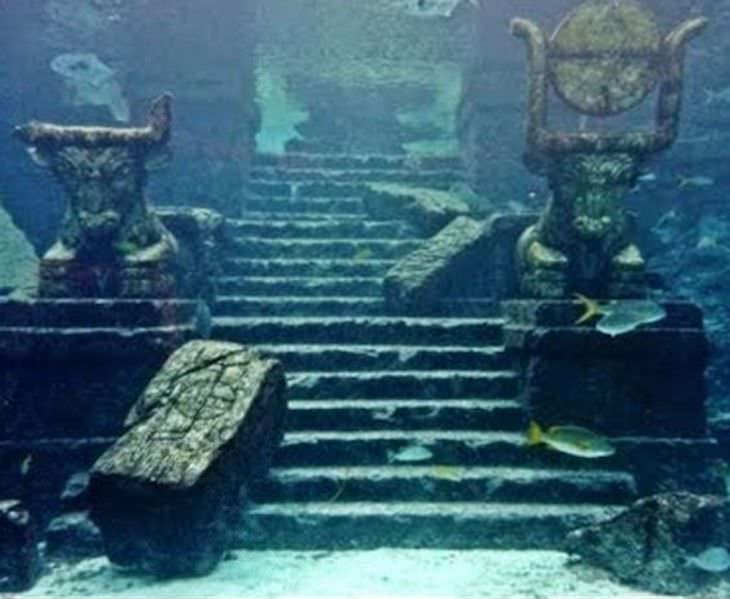
Image Source: Cool Interesting Stuff
The remains of a lost city in the Gulf of Cambay off the coast of India were discovered in 2001, which some archeologists believe to be the oldest city in history. The lost city was roughly the size of Manhattan, with massive walls and plazas.
Other artifacts found included pieces of sculpture, human remains, artwork, and even wooden furniture. These man-made objects are estimated to date back up to 9,500 and 5,000 years older than any city previously discovered by archeologists. “It means we are dealing with a civilization lost at the end of the Ice Age,” said nature journalist Graham Hancock.
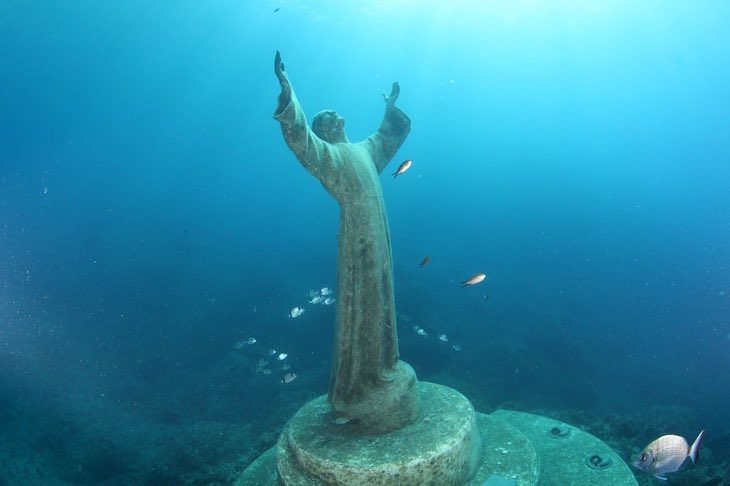
Image Source: Twitter
While figures of the divine and the decorative can be found in abundance around the world, and Italy in particular, rarely do you see artistry deliberately placed out of anyone’s sight. The “Christ of the Abyss”, a bronze likeness of Jesus Christ made by Guido Galletti was placed 50 feet deep under the sea in 1954, to honor the death of Dario Gonzatti, the first Italian to ever use scuba diving gear.
The exact location is the waters of the Italian village of San Fruttuso, not far from Portofino. The Christ of the Abyss has become a tourist destination for scuba divers around the world.
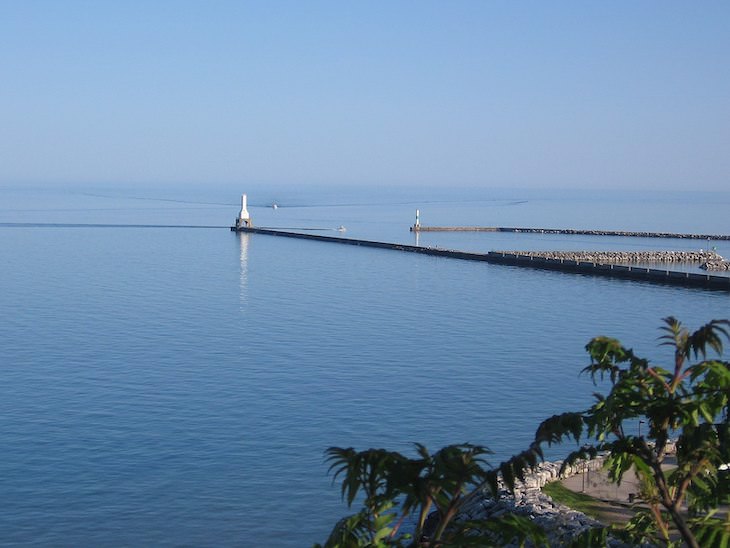
Image Source: Wikimedia Commons
This strange discovery was made in a lake, rather than an ocean, but we still felt it deserves a mention. In 2007, a series of stones arranged in the shape of a circle was discovered about 40 feet below the surface of Lake Michigan.
The discovery was made by Marc Holly, professor of underwater archeology at the Northwestern University of Michigan, and his colleague Brian Abbott. They believe that this building, similar to the UK’s Stonehenge, is about 9,000 years old, but curiously, on one stone, there is a carving of a mastodon - a type of mammal which has gone extinct more than 10,000 years ago. The exact coordinates of the ‘Michigan Stonehenge’ are still kept secret, to prevent an influx of tourists in the lands of the Native American tribes who live nearby.
Related: Digital Reconstructions of the Ancient World's 7 Great Wonders
Just a ten-minute drive south of Tulum, Mexico will lead you to Cenote Angelita — an advanced scuba diving cenote (water-filled cave) that houses a surreal surprise: an underwater river that flows through the ocean! But how is that possible?
Well, the truth is that Cenote Angelita Cave is not actually a river, but a very rare optical illusion caused by halocline: a cloud of hydrogen sulfide formed by decomposing organic debris at the bottom of the cave. Divers can actually swim right through this cloud, which magically resembles a flowing body of water. With fallen leaves and branches lining the “river”, one gets the feeling of swimming through a mystical forest.
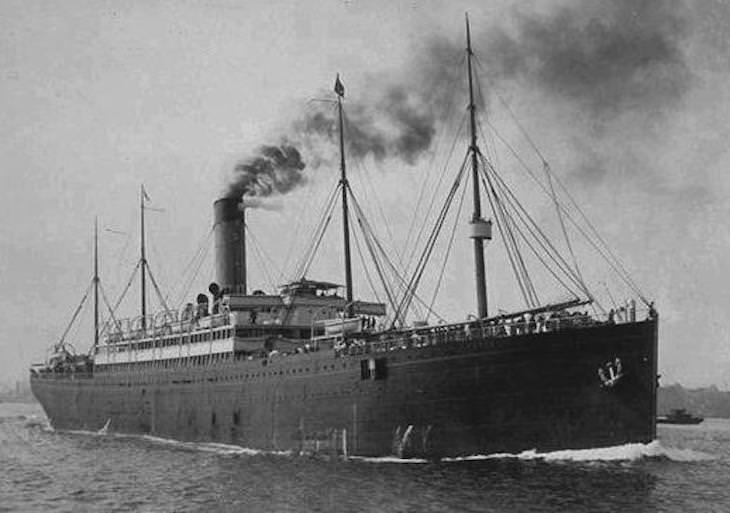
The RMS Republic was a steam-powered ship lost at sea in a collision with another ship in 1909. Sunken ships are not an extraordinary thing to find at the bottom of the ocean, but what sets the RMS Republic apart is the treasure that is rumored to have been on it when it drowned.
One rumor is that the ship was carrying American gold coins of at least $250,000, while another is that it was carrying coins worth $3,000,000 as a loan to the Imperial Russian government - that could be worth up to a billion dollars today. The wreck was found by Captain Martin Bayerle in 1981 and there were a few attempts to discover and unearth the treasure over the years, but none of them successful. So this last one remains part-mystery.
If you found this article interesting, share it with family and friends!